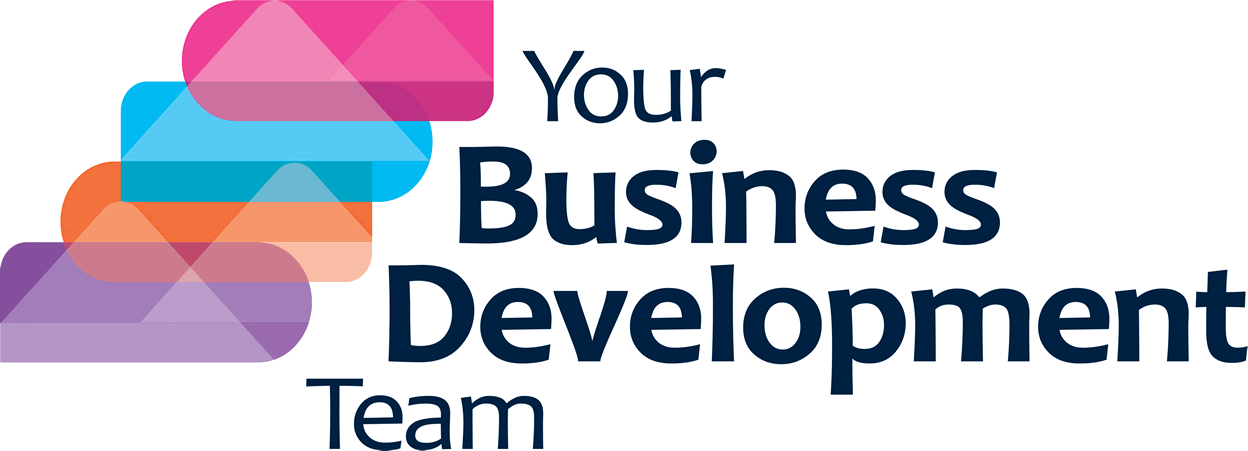The very knowledgeable Brain Tracy once said, “Keep your sales pipeline full by prospecting continuously. Always have more people to see than you have time to see.” I agree but before you throw a lot of resources into filling up your diary and pipeline, you might want to consider who, actually, is your end client?
This is an interesting question as most people look to identify their target markets but don’t necessarily consider who their end client is in those markets. This question specifically relates to which entity you sell to and the answer is one of three:
- Your end client is a company, an organisation or a person who purchases your product for their own use.
- Your end client is a distribution channel, such as a building merchant or a department store, which sells your products to its own clients.
- You have a variety of products and target both clients directly and distribution channels.
Not sure? Here are some examples:
- Which companies typically sell directly to their clients? Most companies who provide a service like IT support, insurance, telecom and marketing.
- Which companies typically sell through distribution channels? Most companies who provide a product like manufacturers, engineers, artisan food and drink and small clothes and shoes brands
- Which companies sell through both? Larger companies who have a variety of products, suppliers of outsourced services like security and cleaning, retailers who sell online as well as through shops
Why is it important to understand this then?
Understanding who you are trying to reach is a key to your lead generation and overall marketing strategy. If you miss this parameter out, you might find it very hard to engage your target market. Here are a few examples of where this might affect your decision:
- If you are trying to reach out to companies or people who buy from you directly, you will need to assess them directly. Find out what target markets they are in, where they go to look for data, who do they trust and use this information to build visibility and trust.
- If you are selling through a distribution channel, you need to take into account a whole set of challenges that affect branch and product managers in this industry. Of course, distribution channels vary enormously so you will need to identify the different segments relevant to your product.
- If you are selling to both, you need to reflect that in your strategy and ensure that whilst promoting your product online, you are also opening doors and building relationships with the relevant distribution channels.
Sounds complicated?
That’s because it often is, putting together a sound strategy takes some brain power, knowledge and expertise. We now operate a B2B lead generation service supporting you if you sell directly or through a distribution channel. Take a look and get in touch to discuss your requirements further.

